My first job was for a magazine company. Graduating from University in the 90’s when there was no Facebook and email was a relatively new concept and I had only ever wanted to work in magazines. Fast-forward 25 years and print is considered all but gone the way of the dinosaurs, with the digital age well and truly surpassing anything that requires cutting down a tree to create something to read.
However, magazines still have their place I believe and niche publications are where the magazines of today are actually doing well. Travel is one such category and while many mainstream printed publications have long been binned (celebratory-based weeklies for example) there is still a place in the media mix for a printed publication as part of suite of media channels for a brand.
Lucky for me as print media is kind of my preferred space. I like the feel of a beautifully put together glossy magazine, with photos that allure me out of my day to day routine and help me dream of my next holiday for example. Travel magazines still exist, in conjunction with their much more frequented websites and social channels, but there is a smaller niche of publications that you’ll find almost everywhere you go in Australia.
The regional travel guide.
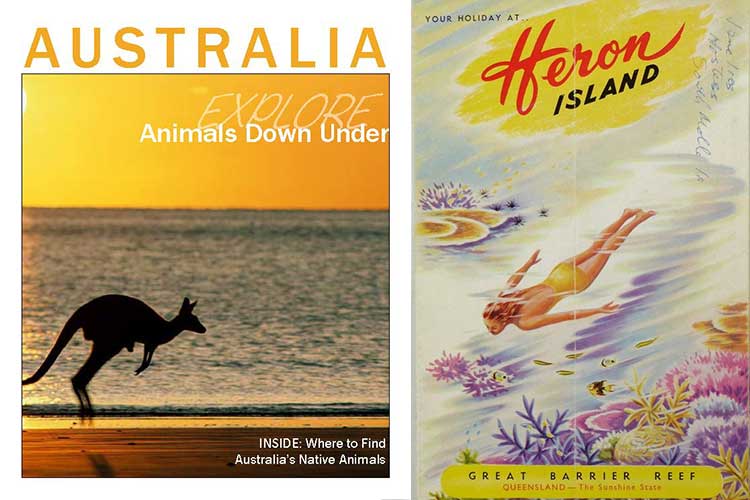
Like anything, brochure design and visitor guides in particular have changed style over the years. Its fun to look back on some of the iconic designs that we grew up with as we were piled into the back of the car for the annual holiday to the beach (cruising without seatbelts on, kids, dogs, surfboards and toys all piled high as we hung out the windows waiting for that first glimpse of the ocean).
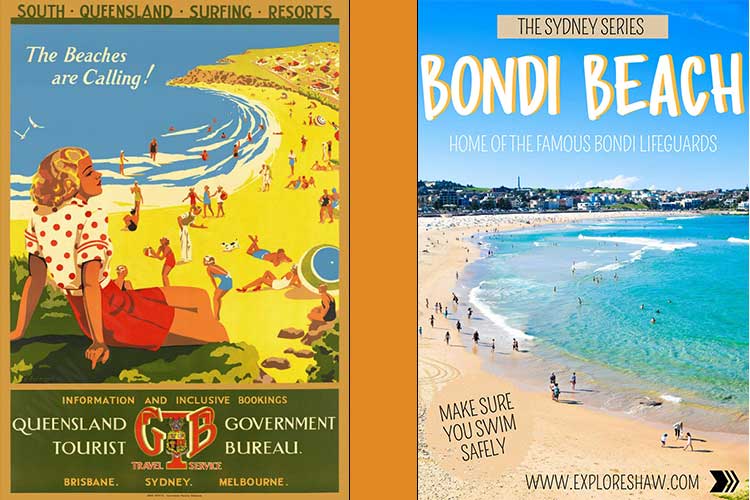
Fast forward to today. When people go on a holiday a large part of their research is already done online, through social media, websites and review platforms like Tripadvisor. However a large part of the holiday experience is left to finding out more about the region when they get there.
I produced the 2021 Southern Queensland Country Visitors Guide and the 2020 Southern Downs and Granite Belt Visitors Guide, in conjunction with a Graphic Design agency. Both were created primarily for local distribution at the visitor information centres, and secondarily for promotion at camping and 4×4 shows on the Eastern Seaboard, with quantities upwards of 25K required for an annual season.
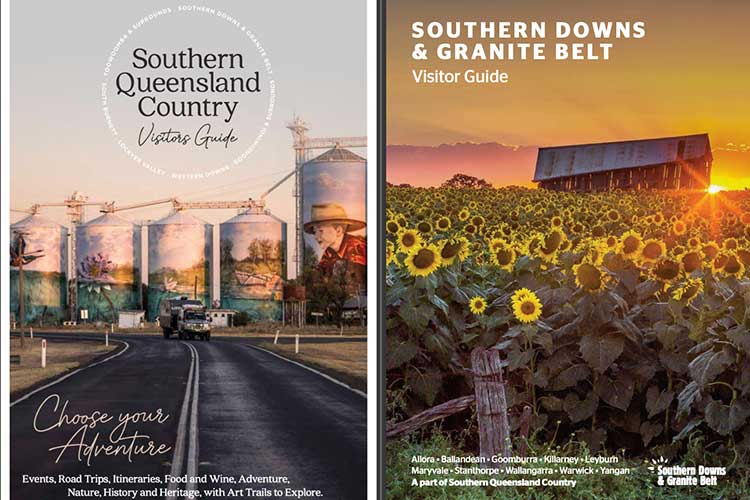
There will always be an argument for digital over print, in the very least for the sustainability of producing paper and ink. However there are benefits for both. As a traveller in Australia, often you might be visiting remote areas and be out of internet range. Many small country towns only have quite low speed internet, so relying on your mobile devices for knowledge, advice and maps can sometimes be a bit hit and miss. Having a visitor guide in your hand with all this information in it is still, ultimately a safe way to travel.
The downside to putting anything in print is that once its printed it can’t be changed, and in this pandemic-led era of travel it’s very risky to commit to anything. Businesses close without much warning, travel is entirely reliant on flexibility of bookings, and staffing shortages mean many hospitality industry businesses have to operate on lower numbers, so it’s critical that people call ahead when travelling and secure a bed, table, or spot for their experience. At least these changing elements can be easily updated online and on social channels. In my experience having a scaled back version of your print product which compliments your website and social channels is definitely the way to go, for now anyway.
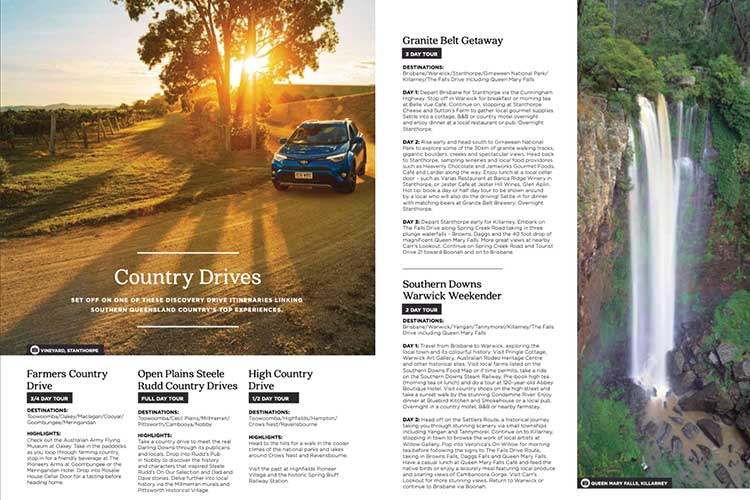
One of the challenges of producing a visitor guide for a region as large as Southern Queensland Country, is the sheer volume of content that needs to go in the guide. With six council regions (Toowoomba, Southern Downs, Lockyer Valley, Western Downs, Goondiwindi and South Burnett) the geographical scale is huge, as well as the number of operators and experiences in each region. For 2020 we actually made the guide smaller and focused more on drives and itineraries and less on it being a directory – this being something that is easier to do online.
A nice technical addition to the guide which helped us manage the high content level was QR codes. By listing, for example, the top 5 places to go mountain biking in the region we were able to drive readers back to a webpage with the rest of the content simply by using the QR code on the page. This has been so helpful in streamlining the content and driving traffic to the website. This suits the reader too as people have less time to read and are skimming content more, in a way to get the facts they need. Editorial has become more pointed, with listicles still popular, but less “fluff” in the paragraphs.
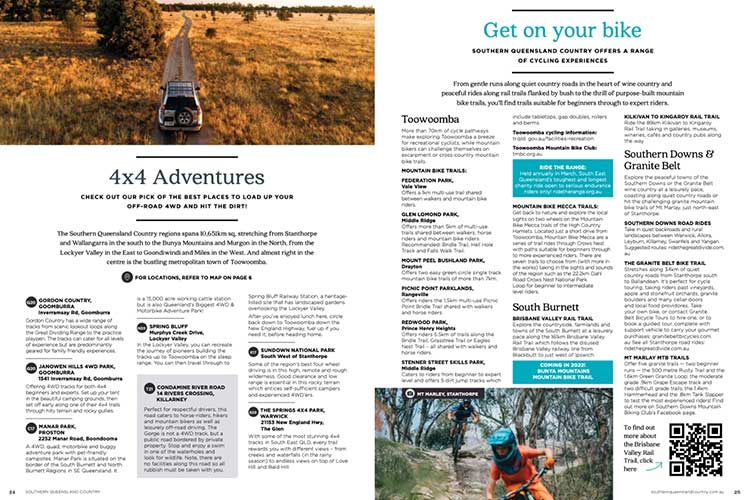
Lastly, the way magazines have been translated to online has evolved too. Now there are countless digital publishing platforms and software tools. Many convert PDF’s to an online magazine and have the added benefit of being interactive, or you can create the magazine first online then convert to print and manage sales and distribution through the same platform.
Top 7 magazine publishing tools:
Joomag
Flippingbook
Lucidpress
Magloft
Flipsnack
Issuu
Bookwright
Now, to make a pot of tea and retire with a good magazine!
